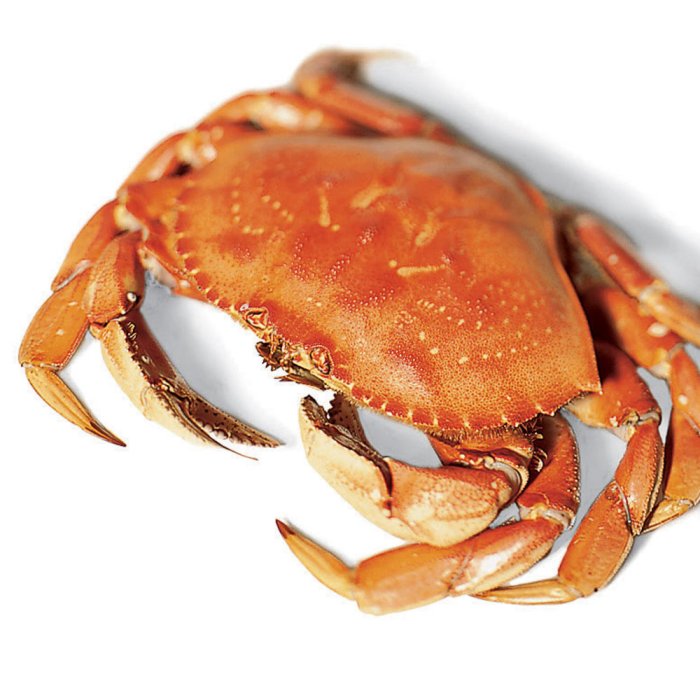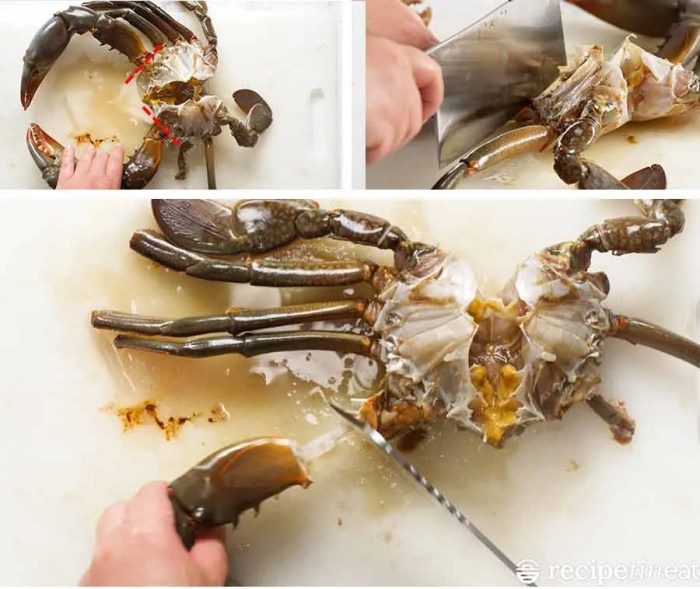Literary criticism is a valuable tool for analyzing and interpreting works of literature, providing insights into the themes, characters, and techniques employed by the author. When examining a text through the lens of literary criticism, one must consider the historical context, cultural influences, and stylistic choices that contribute to the overall meaning and impact of the work.In the case of the topic at hand – how to clean crab before cooking Chinese style – a literary critic might approach the subject with a keen eye for detail and a deep understanding of the culinary traditions and practices of Chinese cuisine.
By delving into the nuances of crab preparation and cooking techniques, a critic can uncover hidden layers of meaning and significance that may not be immediately apparent to the casual observer.One key aspect of literary criticism is the ability to identify patterns and motifs within a text, drawing connections between seemingly disparate elements to reveal underlying themes and messages. In the context of cleaning crab Chinese style, a critic might explore the symbolism of the crab as a culinary symbol in Chinese culture, examining how its preparation and consumption are imbued with cultural significance and ritualistic importance.Another important aspect of literary criticism is the analysis of character development and motivation.
In the case of cleaning crab before cooking Chinese style, the “characters” in question are the ingredients and tools used in the process – the crab itself, the seasonings, the cooking utensils. By examining the interactions and relationships between these elements, a critic can gain insight into the culinary artistry and craftsmanship involved in preparing a traditional Chinese crab dish.Furthermore, literary criticism involves evaluating the effectiveness of the author’s techniques and strategies in conveying their intended message or theme.
In the case of cleaning crab before cooking Chinese style, a critic might analyze the clarity and precision of the instructions provided, the creativity and innovation in the preparation methods, and the overall aesthetic appeal of the finished dish.In conclusion, literary criticism offers a unique perspective on the art and craft of cooking, allowing readers to appreciate the depth and complexity of culinary traditions and practices.
When it comes to decorating the kitchen window over the sink, there are plenty of creative ideas to consider. From hanging plants to colorful curtains, the options are endless. If you’re looking for inspiration on how to decorate your kitchen window over the sink, you can check out this helpful guide on how to decorate kitchen window over sink.
By applying the principles of literary analysis to the topic of cleaning crab before cooking Chinese style, one can gain a deeper understanding of the cultural significance and artistic merit of this time-honored culinary tradition.
Tips for Cleaning Crab Before Cooking Chinese Style
1. Choose live crabs for the freshest flavor and texture.
2. Use a sharp knife to kill the crab quickly and humanely before cleaning.
3. Remove the shell and discard the gills and intestines to ensure a clean and appetizing dish.
4. Rinse the crab thoroughly under cold water to remove any remaining debris or impurities.
5. Consider marinating the crab in a flavorful sauce or seasoning before cooking for added depth of flavor.
What Do You Mean by Cleaning Crab Chinese Style?

Cleaning crab Chinese style refers to the process of preparing fresh crab for cooking in traditional Chinese recipes. This involves removing the shell, gills, and intestines of the crab to ensure a clean and delicious end result.
What Is Known About Cleaning Crab Before Cooking Chinese Style?

Cleaning crab before cooking Chinese style is a time-honored culinary tradition that emphasizes the importance of fresh, high-quality ingredients and meticulous preparation techniques. By following the proper steps and procedures, cooks can ensure that the crab is clean, flavorful, and free from impurities.
Solution for Cleaning Crab Before Cooking Chinese Style
To clean crab before cooking Chinese style, follow the steps Artikeld above, ensuring that the crab is fresh, the tools are sharp, and the ingredients are of the highest quality. By taking the time to properly clean and prepare the crab, you can create a delicious and authentic Chinese dish that will delight your taste buds.
Detail Information on Cleaning Crab Before Cooking Chinese Style
When cleaning crab before cooking Chinese style, it is essential to handle the crab with care and precision to avoid injury and ensure a successful outcome. By following the detailed instructions provided in this article, you can learn how to clean crab like a pro and create mouthwatering Chinese dishes that will impress your family and friends.
Describe in Depth the Process of Cleaning Crab Before Cooking Chinese Style
To clean crab before cooking Chinese style, begin by selecting live crabs from a reputable seafood market or fishmonger. Choose crabs that are lively and energetic, with shiny shells and strong claws. Once you have selected your crab, it is time to prepare it for cooking.
Using a sharp knife, quickly and humanely dispatch the crab by plunging the blade into the center of its body, just behind the eyes. This will ensure a swift and painless death for the crab, minimizing suffering and ensuring a fresh and flavorful end result.
Next, carefully remove the shell from the crab, starting at the back and working your way towards the front. Discard the gills and intestines, as these are not suitable for consumption and can impart a bitter flavor to the dish. Rinse the crab under cold water to remove any remaining debris or impurities, then pat dry with a clean towel.
Once the crab is clean and dry, it is ready to be cooked according to your favorite Chinese recipe. Whether you prefer stir-frying, steaming, or boiling, the key to a successful crab dish lies in the quality of the ingredients and the skill of the cook. By following the steps Artikeld above and using fresh, high-quality crab, you can create a delicious and authentic Chinese meal that will delight your taste buds and impress your guests.
When it comes to decorating the kitchen window over the sink, there are plenty of creative ideas to consider. From hanging plants to colorful curtains, the options are endless. If you’re looking for inspiration, check out this guide on how to decorate kitchen window over sink for some great tips and tricks.
Conclusion
In conclusion, cleaning crab before cooking Chinese style is a time-honored culinary tradition that requires skill, precision, and attention to detail. By following the tips and instructions provided in this article, you can learn how to clean crab like a pro and create mouthwatering Chinese dishes that will impress even the most discerning food critics. So next time you’re in the mood for a delicious seafood feast, why not try your hand at cleaning crab Chinese style and experience the rich flavors and textures of this classic dish?
FAQs: How To Clean Crab Before Cooking Chinese Style
1. Can I use frozen crab for cleaning before cooking Chinese style?
No, it is recommended to use fresh, live crabs for the best flavor and texture in Chinese-style crab dishes.
2. What tools do I need to clean crab before cooking Chinese style?
You will need a sharp knife, kitchen shears, and a clean towel for cleaning crab before cooking Chinese style.
3. How long does it take to clean crab before cooking Chinese style?
The process of cleaning crab before cooking Chinese style can vary depending on your skill level and the size of the crab, but typically takes around 10-15 minutes.
4. Can I marinate the crab before cleaning and cooking Chinese style?
Yes, marinating the crab in a flavorful sauce or seasoning before cleaning and cooking can enhance the taste and texture of the dish.
5. What are some popular Chinese recipes for cooking crab after cleaning?
Some popular Chinese recipes for cooking crab after cleaning include stir-fried crab with ginger and scallions, steamed crab with garlic and black bean sauce, and crab soup with tofu and vegetables.
